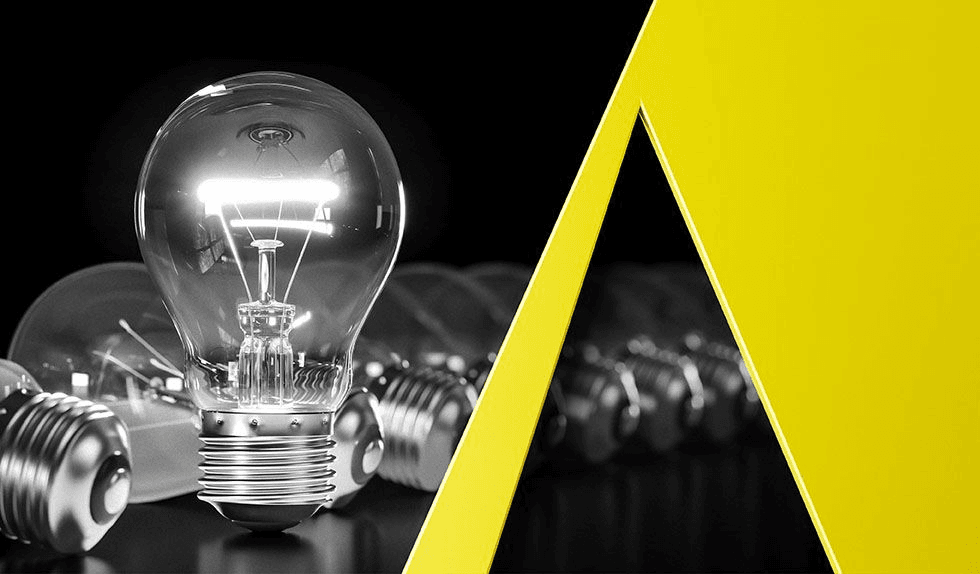The Patent Trial and Appeal Board granted institution of inter partes review of a patent directed to delivery of targeted television advertisements. The board rejected patent owner’s argument that a lack of particularity as to the asserted grounds justified denial under 35 U.S.C. § 312(a), holding that “simply including a significant amount of testimony and a number of supporting references is not, by itself, a reason to find that the particularity requirement is not met.”
Petitioner filed four IPR petitions against the challenged patent along with testimony from two expert witnesses asserting that the claims were obvious. Petitioner argued that the four petitions were necessary to address all 152 claims of the challenged patent, with two petitions addressing the primary prior art reference Baig, and the other two petitions addressing the primary reference Madhavan. In its preliminary response, patent owner argued that the board should deny institution because petitioner had failed to justify why all four petitions were necessary, and because petitioner failed to meet the particularity requirement under 35 U.S.C. § 312(a)(3).
Patent owner, relying on the board’s informative decision in Adaptics, argued that the petition failed to meet the particularity requirement due to the “extensive alternative grounds” that were set forth, including 11 separate grounds expressly identified in the petition, and multiple “shadow grounds” that patent owner claimed petitioner added through expert testimony that incorporated additional references. The board, however, distinguished the petition in Adaptics from the current case, stating that while the Adaptics petition “involved potentially hundreds of distinct grounds challenging each claim” due to the inclusion of catch-all language “and/or,” the petition here had “at most, two grounds for each claim.”
The board also declined to find that the alleged “shadow grounds” made the petition lack particularity. The board held that while patent owner noted the large volume of expert testimony and exhibits, patent owner did not give any specific examples of their alleged impropriety. Although the board declined to make any judgment on the propriety of the expert testimony or exhibits in its institution decision, it stated that patent owner was free to challenge their admissibility during trial, as well as challenge any specific arguments that went beyond the express grounds laid out in the petition.
Practice Tip: When arguing that a petition fails to meet the particularity requirement of 35 U.S.C. § 312(a)(3), patent owners should not rely simply on the number of asserted grounds, or the volume of exhibits or expert testimony submitted with the petition. Rather, a patent owner must point to specific examples of language or improper use of expert testimony and exhibits that would cause a multiplicity of grounds. These specific examples are more likely to convince the board that a petition lacks particularity and should be denied.
Freewheel Media, Inc. v. Intent IQ, LLC, IPR2024-00422, October 2, 2024.


